steps to Starting Your Own Architecture Practice
Maybe you've just finished school and you're ready to brave the real world. Maybe you're tired of working for other companies, or maybe you just have an entrepreneurial streak. Whatever the reason, you're thinking it's time you hung out your shingle and started your own architecture firm.
But before you start handing out business cards, you'll need to get your new firm properly established. In this article, we'll look at everything you need to get your architecture firm off the ground and give it the best possible head start.
Here's our guide for starting your own Architecture Firm:
Set Goals for Your Architecture Firm – and Your Life

Before you embark on any business decision – and starting your own firm is a HUGE business decision – you need to ensure you have goals in mind for the future. Your goals set the direction and focus of your business. They allow you to align your business with what you want for your life in years to come.
Goals for your architecture firm should always be SMART, and they might relate to the size of the firm, the revenue, the type of work you want to do, or where you want the firm to be in a certain period of time. Think about 3-5 goals for your business. They might include:
- How large do you want the firm to get?
- Do you want to focus on design work, or on managing the business?
- What type of projects do you want to take on?
- What types of clients do you want to work for?
- How much money do you want to make?
- Do you want to sell the firm in 5 years?
- Do you want to build a firm that will provide you with an income for the next 20 years?
Bootstrapping Your Way to Architectural Success
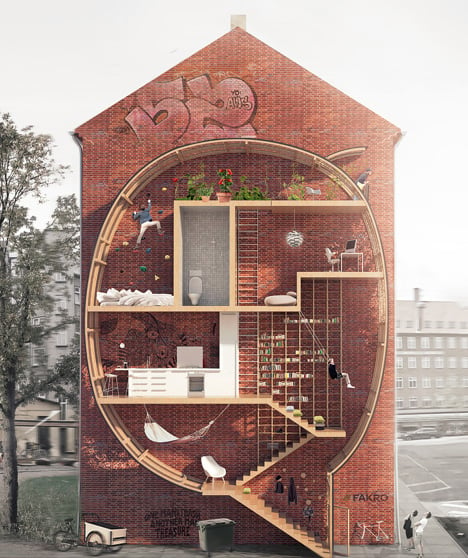
You need three things to start your own architecture firm:
- An architect (check)
- Vision and Determination (check)
- Money (che … uh oh).
Businesses need money to survive, and businesses in the startup phase need more money. You need money to rent office space, buy equipment, obtain licenses, build your website, hire a photographer, pay contractors, and keep the business and you running while you wait for client work to become steady.
The amount of money needed will vary depending on the resources you have available and the type of architecture firm you're starting. Are you working solo, or are you paying staff? Do you need an office, or can you work from home?
Before you begin to think about where the money will come from, sit down and draw up a preliminary budget. Work out what you need to get the business up and running, and the minimum you need to pay your bills for the first year. Knowing how much money you need is the first step to financing your new architecture firm.
Next, you need to explore avenues to obtain that money. You might:
- Borrow from the bank, using your house or other assets as insurance.
- Use your own cash reserves.
- Borrow from a parent, relative or friend.
- Secure funds through a business grant, seed fund or angel investor.
- Bootstrap your firm until you turn a profit.
All these options have positive and negative aspects, and you may use more than one form of finance to get your firm started. For example, you might loan half the money you need from your parents, and then take out a bank loan for the remainder. Whatever you choose, it's important for you to research all your options, and to talk to a chartered accountant or business advisor before taking the plunge.
Many up-and-coming architects choose to bootstrap their first firm. Holding your business up by the bootstraps means that, for a few years at least, you use your own money to fund the business – without any external support from investors, grants or finance.
Bootstrapping is hard work, but is one of the best ways to get ahead, as you won't have any loans to pay back or external shareholders to answer to. You have the knowledge that everything you purchase for your business has come from you alone.
Learn from The Wise Old Ones of the Architecture World

There are many mistakes to be made on the path to success as an architect. But what if you could skip a few of those mistakes? What if you could learn from someone who has started where you are today and built a busy, successful firm?
When starting an architecture firm, you should find a successful architect to mentor you. He or she will be able to offer invaluable advice on what works and what doesn't.
How do you find a mentor?
- Contact a few of the most successful firms in your area and ask the directors if they'd be keen to have a chat.
- Talk to people in your network. Let everyone know you're on the lookout for a mentor. Someone may know an architect who would consider being a mentor.
- Contact your architecture heroes via LinkedIn or Twitter, and see if they might be interested in answering some of your questions.
The Right Structure Helps Building Stay Up ... And Architectural Firms, Too

From the onset, it is important that you chose the right company structure for your architecture firm, and chat to a lawyer and accountants about setting up your. It's much easier to get these things right from the beginning then to fix them later.
Liability is a huge issue in the architecture world. Talk to a commercial lawyer and insurer and ensure you are properly covered for all eventualities. Don't trust to chance when it comes to company structure and licensing.
Brand Your Architecture Business for Success

Your brand is what you will be recognised for. It's like the suit you wear to a job interview – it presents an image to clients and colleagues of what your company is about. One of the first things you need to do when establishing a new architecture firm is to start thinking about your branding.
Unless you have experience as a graphic designer or brand specialist, it's best to hire a firm to take care of this for you. Talk to your friends and colleagues – has anyone used a branding agency before?
Your company branding will encompass:
- Your core business values
- Your logo and letterheads
- Your target demographic – what kind of clients are you trying to attract?
- Logo and letterhead
- Website design and copy
- Print design and business cards
- Photography
- Office design and layout.
Kicking Architectural Ass with Awe-Inspiring Contracts

I could write a whole article just on the importance and structure of contracts. Bob Borson, the writer behind the fantastic Life of an Architect blog, calls your contract "the most important document that you'll never use … hopefully." And he's right – a contract (if properly prepared by a professional) protects both client and architect in event of something going wrong. The contract sets out expectations about the job from the onset and establishes a payment schedule and due dates for services.
Where once a handshake might have sufficed as a contract, now it's vital for the survival of any business to have solid, legally-binding contracts in place before any work commences. The contract between architect and client might consist of a number of documents, including:
- Letter of Intent
- Quote Document
- Letter of Agreement
- Terms and Conditions
These documents can serve as an excellent jumping-off-point for a cash-strapped agency. In the US, these documents are now considered the industry standard, and other professional institutions across the world have followed their example and created documents of their own. Check with your local professional architectural board to see what is available to assist you.
Creative Spaces for Creative People: Setting Up Your Architectural Firm's Office
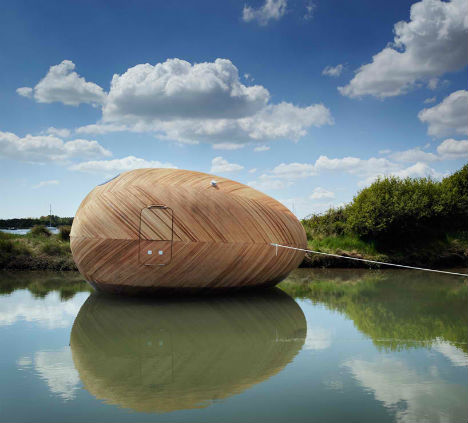
You'll need someplace to work. A physical space where you can set up your table, computer and drawing tools, as well as some comfy chairs and a coffee machine for client meetings.
The space you choose will depend on the size of your firm (if it's just you, versus if you've hired ten staff), your particular aesthetic tastes, and location and proximity to the amenities you need.
Working from home is an option for many bootstrapping architects just starting out. There are numerous advantages, including lower overhead, comfortable and personal space, and no commute to work. Some architects work from home while raising kids and, while it's not easy, that can be very rewarding.
However, most homes are not set up to accommodate an architect's studio. You need the right space and light for your setup, and you need to be aware that you'll also be meeting clients at your home. Many families won't be comfortable with this and if you can't keep your home tidy, or the décor or design is a bit dated, then it won't make the best impression on your clients.
Some architects solve this issue by working from home and hiring co-working or meeting spaces in a city when they need to see clients. This can be a great option until a firm has built up the cash flow to rent a permanent office space.
If neither of these options work for you, you'll need to find a studio to rent. When choosing a studio, look for the following factors:
- A prime location – An architect's office doesn't need to have good foot traffic (people usually aren't out shopping for new shoes when they suddenly decide to check out an architect), but it does need to be in a good, central location with client parking. I also find it helps if the office in located in a nice neighbourhood – it can give the wrong impression if a high-end residential architect has an office in an industrial park.
- A pleasant work environment – You're going to be spending a lot of time in this office, so make sure it's a place that's pleasant to work in. Is there lots of noise from the street? Is there plenty of natural light? Is it cold in winter or hot in summer?
- A good price – Talk to other business owners in your city and find out what are the going rates on office spaces. Ask around friends and colleagues to see if they know of anyone who is leasing a space – you never know, you might strike a great deal!
- A solid contract – What does the lease include? What extra charges and fees are you liable for? Who do you call in an emergency? Make sure all these questions are answered in writing in your leasehold agreement. Get the agreement checked over by a lawyer before you sign.
- A space that reflects your personality and design principles – For example, if you specialize in sustainable, eco friendly design, then look for a sustainably built office space.
The Architect's Toolbox
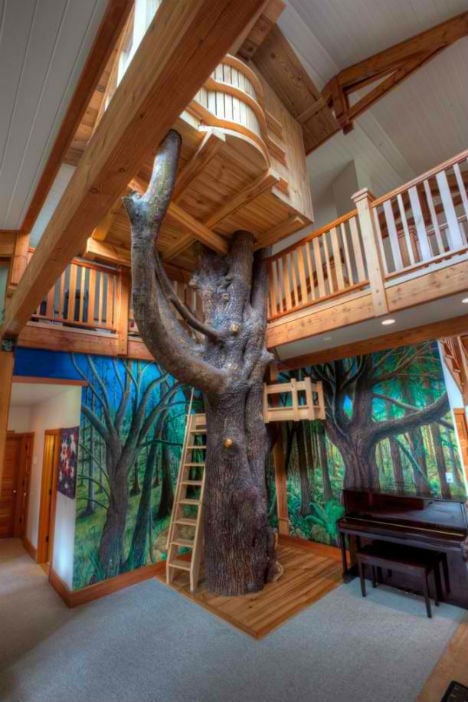
Just like a builder has a toolbox and a juggler has his balls, a good architect has a suite of tools and equipment that help him or her do the best work. Here are some of the essential items you'll need to get your office set up:
- A desk – Most architects use a huge desk so they can spread out and work on large paper or multiple projects at once. I hate large desks, because I find I make more mess that way. Choose a desk you like – as long as it's comfortable and at the right height.
- A comfy chair – Unless you're opting for a standing desk, you're going to spend a lot of time in that chair, so make it the most comfortable chair you can.
- Smartphone – A powerful tool you can take everywhere – a portable calculator, email server, browser, calendar, camera and doodle board … and so much more.
- Tracing paper – Have a roll of this paper on hand at all times – even if you do the majority of your work in CAD, you'll find a myriad of uses for it around the office.
- Coffee machine or snack dispenser – What good is an office if you can't stock it with fuel to keep you going? I like to keep a beer fridge stocked with healthy snacks and green juice, while another colleague has a fancypants coffee machine and a gumball dispenser.
- A range of rulers and scales – You will use these ALL THE TIME.
- Reference material – Books, magazines, council regulations, brochures, guidelines … you'll need a bookshelf of essential reading material.
- Pens, pencils, calculators, office stuff – The reason for this should be obvious.
- Camera – It sounds silly, but you'll be surprised how often you use one. At the very least, it's vital to take pictures of the first few projects you complete for your portfolio, and some images from around your office will make great features on your website.
Managing Workflow as a Bootstrapping Architect

As an architect, you'll need to keep track of multiple aspects of each job – and this can be very difficult if you have more than one client at a time, or if you work with a range of subcontractors or employees. Managing workflow is one of the key components of a successful architecture firm – if you know exactly how long each job is taking, what stage it's at, who is working on it and what you earned from it, you'll be able to assess on a regular basis what is working and what isn't.
- Time Tracking – Track how long each stage of a project takes you to complete. You can then figure out if you're over- or under-charging for certain aspects of your work.
- Project management – create deadlines, break projects down into tasks, highlight significant milestones and create automatic notifications for upcoming due dates.
- Invoicing: bulk billing, bill for multiple jobs, invoices generated on actual time, and branded invoice templates.
- Create Reports – Learn the ins and outs of your workflow through a range of report functions.
- Collaboration – Employees, contractors and clients can all log on to WorkflowMax and add content, sign off stages, and make notes on the project.
- Cloud-based – Access all your project data at any time, from any device, anywhere in the world.
Find the Design Work that Excites You
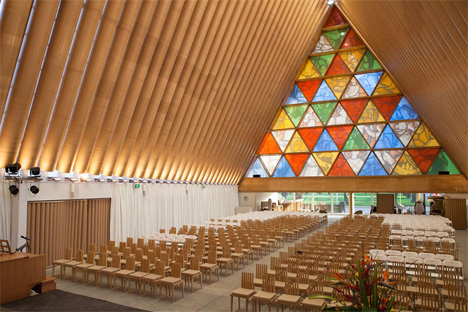
All too often, I hear stories from young architects who start their own firms, and then get so bogged down in running the business that they don't get to do what they actually enjoy – designing buildings. This is the risk all business owners face – if you don't enjoy the strategy, networking, administration and other duties of running a business, you need to either outsource those duties to someone else or go back to being an employee.
Achieving balance in vital for a successful firm, and a fulfilling business. Unfortunately, it's something that is different for every person, so it's not something you can learn from watching others. You need to experiment with different ways of doing things until you find a business model and a balance that works for you.
Network, Network, Network!
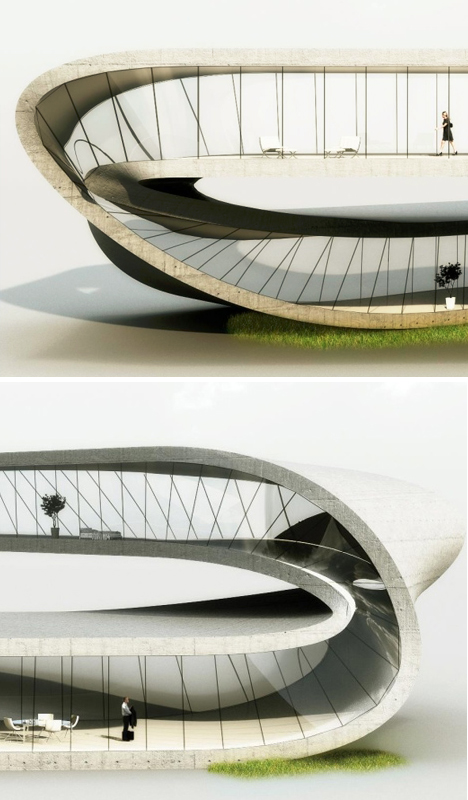
If you want to start building a reputation and gaining clients, then once you've set up shop the first thing you should do is start networking and getting your name out there. One of the ways you can do this is by joining local business networking groups and events, and start meeting with and getting to know other local businesses. A good place is start is your local Chamber of Commerce branch, or formal networking groups such as BNI or Venus.
You can also start looking at online networking. Open a twitter account, set up a LinkedIn profile, and start looking for places online where potential clients might be hanging out. For example, if you specialise in passive design, hang out on forums where people are talking about sustainable design.
Enter Your Best Designs Into Architecture Competitions

As a new firm, you're going to want to get your name out amongst the design community, and one of the best ways to do this is by entering – and winning – design awards. Often, the – many architects don't believe they have a chance, so they don't enter, and you'll be competing against a small pool of candidates. Winning or placing in design competitions will get you a bit of publicity and a body of work you can show clients – even if your projects never get built, they show the world what you can do.
Starting an architecture firm is not something that can be done in a weekend. It takes time, money and determination to pull together all of the required elements into a cohesive whole. Not only are you thinking about the practical side of doing business – ensuring you have all the tools you need to get the work done – but you have to start thinking of high-level strategy: what will your brand be? How are you going to attract clients? How do you want your company to grow? But once you start, you'll find yourself on one of the craziest, but most rewarding, roller coaster ride of your career.
i welcome your comments, and please subscribe and follow me at google plus, ssekamatte denis.
thanks.
Comments